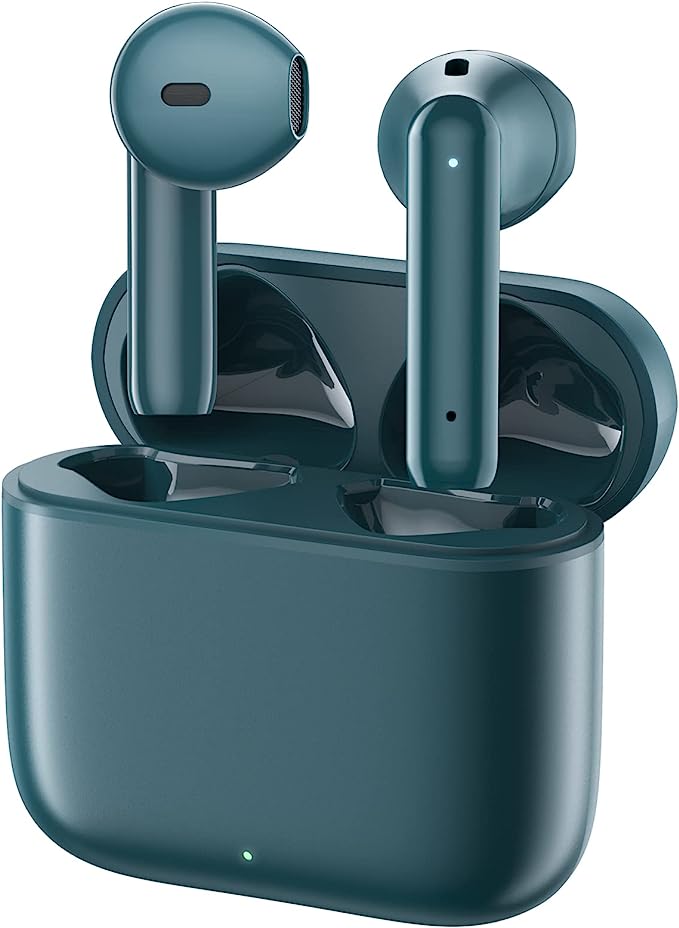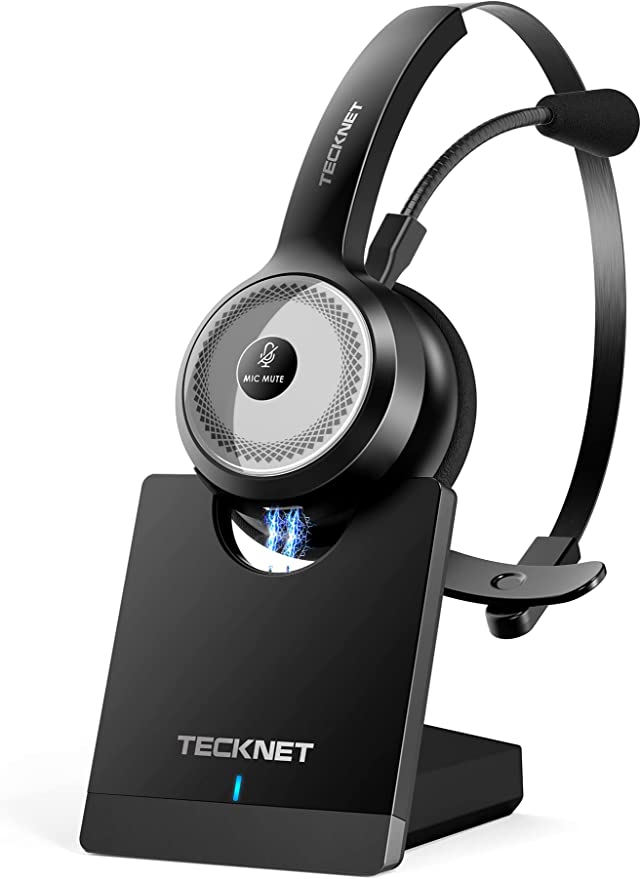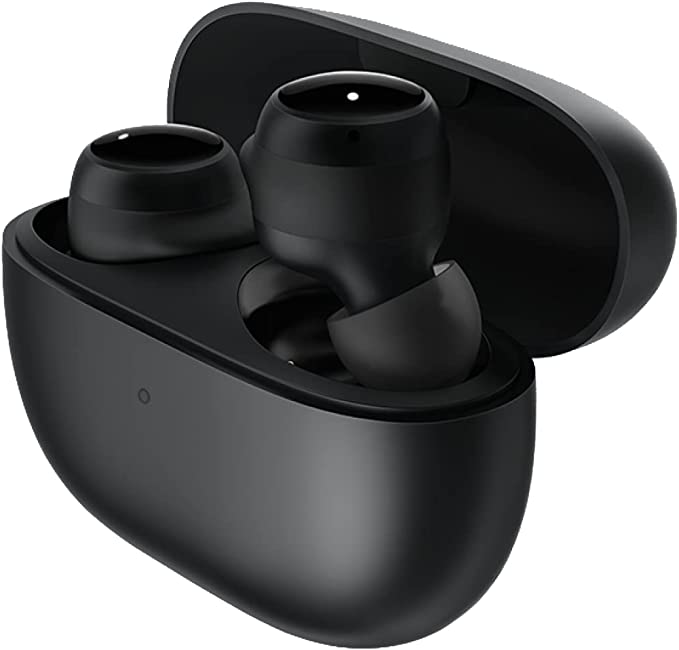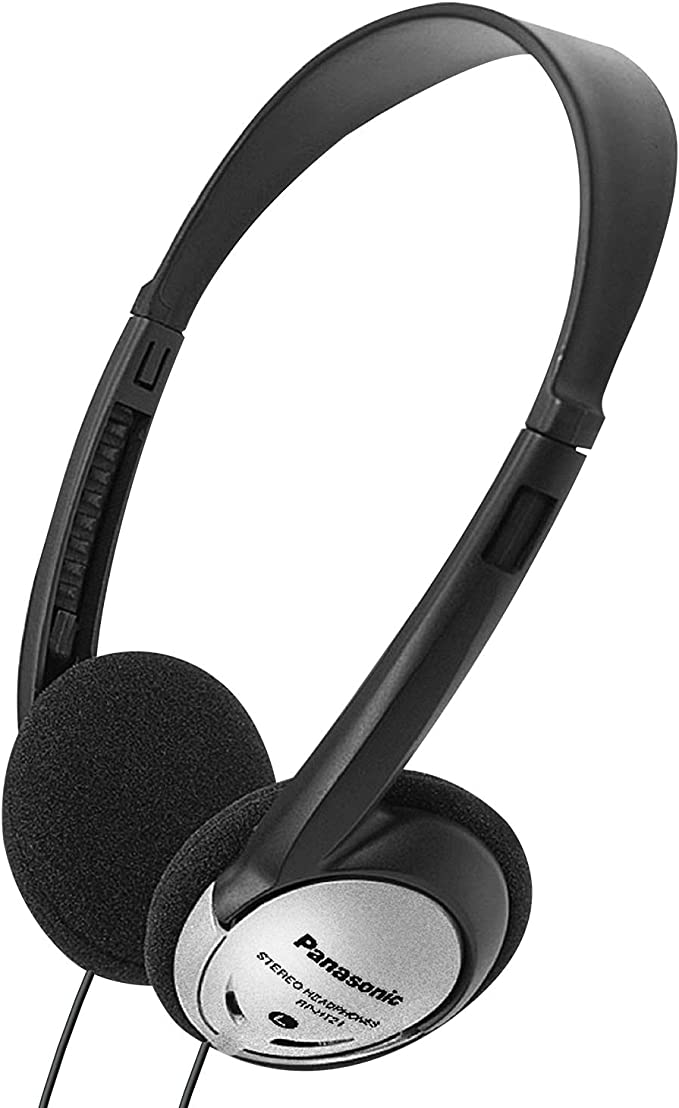A Singer's Guide to Vocal Effects: How Tech Unlocks Your Pro Sound
Update on Oct. 29, 2025, 6:02 p.m.
The voice is the ultimate instrument. It’s raw, personal, and packed with emotion. But let’s be honest: making it sound consistently great, whether on stage or in a recording, is a huge challenge. Why does your voice sometimes get lost behind the guitars? How do you add that professional sheen you hear on records? And how can you sound bigger and more dynamic when you’re performing solo?
For years, the answer was a studio filled with expensive gear and an engineer who knew how to use it. Today, the game has changed. Powerful digital technology has been packed into compact pedals, giving singers direct control over their sound.
This isn’t a product review. Instead, this is your guide—a deep dive into the science and art of modern vocal effects. We’ll use a classic, accessible unit, the TC-Helicon VoiceLive Play (ASIN: B008BJ1ZCO), as our real-world example throughout. Our goal isn’t to sell you a pedal, but to pull back the curtain on the technology inside. By the end, you’ll understand the core principles that can transform your voice, empowering you to shape your sound with confidence, no matter what gear you use.
Chapter 1: The Foundation - From Inconsistent to Unshakeable
The Problem: “My voice sounds weak in some parts and way too loud in others. It feels thin, or sometimes gets boomy and muddy in the mix.”
This is the most common struggle for any vocalist. The solution lies in building a solid, controlled foundation before you even think about creative effects. Think of this as your personal audio engineer, living inside the pedal, performing a constant soundcheck. Processors like the VoiceLive Play often group these tools under a simple “Tone” button. Let’s break down what that button is actually doing.
-
Equalization (EQ): The Tonal Sculptor: Imagine your voice is a painting with a full spectrum of colors, from the deep reds of your low frequencies (warmth) to the bright yellows of your high frequencies (clarity, breath). EQ is your palette knife, allowing you to sculpt that picture. Is your voice getting lost? A smart EQ might boost the upper-midrange frequencies where the human ear is most sensitive, helping you cut through the band. Does it sound muddy? The EQ can gently scoop out some of the low “boomy” frequencies that are cluttering the sound. It’s not about changing your voice, but rather polishing it to fit perfectly into the frame of the song.
-
Compression: The Dynamic Tamer: A singer’s volume changes constantly, from a soft verse to a powerful chorus. A compressor is like having an incredibly fast and precise hand on the volume fader. It automatically turns down the loudest peaks that might distort or sound harsh and can bring up the quietest, most intimate whispers so they aren’t lost. This “compresses” the dynamic range, resulting in a more consistent, punchy, and “present” vocal that’s easier for an audience to listen to. It ensures every word is heard clearly, giving your performance a professional and controlled feel.
-
De-Esser & Gate: The Problem Solvers: Sibilance—those sharp “s” and “sh” sounds—can be incredibly distracting, especially with a microphone. A De-Esser is a specialized tool that listens for only those specific high frequencies and ducks their volume for a split second. It’s like a sniper for harshness. A Noise Gate, on the other hand, is your silent stagehand. It opens when you sing and closes when you stop, instantly cutting out unwanted background noise like stage hum, the bleed from the drummer, or the air conditioner in your room.
Many modern units offer an “Adaptive” version of these tools. This means the processor is actively analyzing your voice in real-time and adjusting these settings on the fly to create a balanced, clear tone without you needing to touch a single dial.

Chapter 2: Creating the Space - From Dry to Dimensional
The Problem: “My voice sounds ‘stuck on’ the music, not in it. It feels naked and disconnected from the backing track or band.”
A voice recorded without any effects is described as “dry.” It feels unnatural because, in the real world, sound is constantly interacting with its environment. The solution is to create a virtual acoustic space for your voice to live in. This is the job of Reverb and Delay.
-
Reverb (Reverberation): Building the Room: When you sing in a room, sound waves bounce off the walls, floor, and ceiling, creating thousands of tiny, decaying echoes that reach your ears just after the direct sound. That’s reverb, and it’s what gives our brain clues about the size and material of the space we’re in. Digital reverb is the science of mathematically recreating those environments. With a few tweaks, an algorithm can simulate the short, tight reflections of a small studio, the warm ambiance of a concert hall, or the epic, lingering wash of a cathedral. Reverb adds depth, sustain, and warmth, effectively “gluing” your vocal to the instruments and making it feel like a natural part of the performance.
-
Delay (Echo): Painting with Repetitions: Delay is a simpler concept: it records your voice and plays it back a moment later. But the creative possibilities are endless. A very short, single repeat creates “slapback” echo, the classic sound of 1950s rock and roll that adds a percussive bounce to a vocal line. Longer delays, timed to the tempo of the song, can create rhythmic patterns where your own voice becomes an accompanying instrument. By controlling the timing, number of repeats, and tone of the echoes, you can add a sense of motion and excitement that a dry vocal could never achieve.
Chapter 3: The Magic of Pitch - From Alone to Accompanied
The Problem: “My pitch can be a little shaky on long notes,” or “I’m a solo performer, and I wish I could afford backup singers to fill out my sound.”
This is where digital signal processing (DSP) feels like pure magic. The ability to manipulate pitch in real-time solves two of the biggest challenges for singers: accuracy and arrangement.
-
Pitch Correction: Your Safety Net: At its core, pitch correction software analyzes the frequency of your singing voice, identifies the closest “correct” note in a musical scale, and gently nudges your pitch toward it if it wavers. Used subtly, it’s an invisible safety net that tightens up a performance without anyone knowing it’s there. But when you push it to the extreme—forcing the pitch to snap to notes instantly—you get the famous HardTune or “T-Pain” effect. This is a deliberate, robotic-sounding stylistic choice, proving that the same technology can be used for either subtle enhancement or bold creativity.
-
Harmony Generation: Your Virtual Choir: This is the showstopper. How can a pedal create realistic harmony vocals from just your voice? It’s a multi-step process:
- It analyzes your pitch to know what note you’re singing.
- It identifies the musical key of the song to know which harmony notes will sound correct.
- It then creates one or two new vocal lines, pitch-shifting copies of your voice up or down to notes like a 3rd or 5th away.
The real trick is making them sound natural. Advanced processors, like the VoiceLive Play with its “NaturalPlay” harmonies, use algorithms that preserve the core character (the formants) of your voice so the harmonies don’t sound like chipmunks.
-
Doubling: The Secret to a Richer Tone: Why do vocals on professional recordings sound so big? It’s often because the artist records the same part multiple times. A vocal doubler automates this. It creates a copy of your vocal and plays it back at almost the same time, often with minuscule variations in timing and pitch. This “humanized” doubling mimics the effect of two people singing together, instantly making the vocal sound thicker, wider, and more robust.
But how does the pedal know the song’s key to create the right harmonies? This is where a brilliant feature called Auto Key Detection comes in. Units like the VoiceLive Play have built-in RoomSense microphones that literally listen to the band playing in the room. They analyze the sound from the guitars and keyboards to figure out the key automatically. Alternatively, you can plug a music player into the Aux jack. This removes the need to program the key for every single song, allowing the harmonies to follow your performance seamlessly.

The Core Technology: How Sound Becomes Data and Back Again
Ever wonder what’s actually happening inside the box? It’s a rapid-fire journey of transformation.
Your analog voice signal enters an Analog-to-Digital Converter (ADC), which takes thousands of snapshots of it per second, turning your smooth sound wave into a stream of numbers. This digital data then goes to the brain of the unit, the Digital Signal Processor (DSP). This is a specialized microchip that performs millions of calculations per second, applying the complex math that creates reverb, shifts pitch, or compresses your dynamics.
Once processed, the new stream of numbers goes to a Digital-to-Analog Converter (DAC), which rebuilds it into an analog electrical signal. This new signal exits the pedal, ready to be sent to a speaker, making the magic audible. It all happens so fast (a matter of milliseconds) that you perceive it as instantaneous. Understanding this process demystifies the technology—it’s not magic, just incredibly fast math.
Conclusion: Empowerment Through Technology
The TC-Helicon VoiceLive Play is a perfect case study for the incredible power now available to singers. It packages the solutions to a vocalist’s most common problems—dynamics, ambiance, pitch, and arrangement—into a single, accessible unit.
But the real takeaway isn’t about one specific product. It’s about understanding the tools at your disposal. Knowing what compression does empowers you to tame your dynamics. Understanding how reverb creates space allows you to craft the perfect atmosphere for a song. Grasping the concept behind harmony generation unlocks new creative avenues for your solo performances.
This knowledge transforms technology from a confusing black box into an expressive instrument. It gives you the confidence to move beyond presets and start intentionally shaping a vocal sound that is polished, professional, and uniquely your own.


































